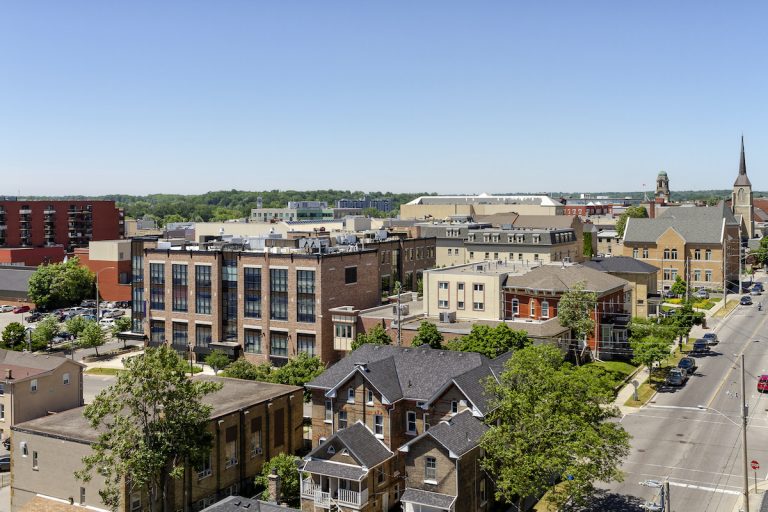Canada is introducing a series of initiatives to support Francophone immigration outside Quebec are being put into place.
These measures include a new Francophone immigration policy, the renewal and expansion of the Welcoming Francophone Communities initiative, a new program to support Francophone immigration, and the implementation of the Action Plan for Official Languages.
According to the official Immigration, Refugees and Citizenship Canada (IRCC) website, they will all strengthen the presence of the French language in Canada.
The new policy, announced by Immigration Minister Marc Miller, promotes the vitality and economic development of Francophone minority communities.
“It paves the way for tangible, ambitious and innovative actions in the short, medium and long term that will enable progress towards restoring and increasing the demographic weight of these communities.”
Read More Canada Immigration News
Number Of Indian International Student Applications To Canada Falls
Canada’s Top 10 Most Affordable Places To Live
Marc Miller Says Canada Considering Cap On International Students,
“It is also based on a series of measures such as promotion and recruitment support efforts, both in Canada and abroad, particularly for specific lines of business, in order to address labour shortages”
The policy will be responsible for overseeing the development of a new program and new measures dedicated to Francophone economic immigration.
Welcoming Francophone Communities initiative
The renewal of the Welcoming Francophone Communities initiative will allow 14 Canadian communities to continue to receive funding to develop the integration of French-speaking newcomers.
The expansion of this initiative will enable the Government of Canada to select up to 10 additional communities that will, resultantly, be able to create environments that support the economic and socio-cultural integration of French-speaking newcomers, as per the government website.
Francophone Immigration Support Program
The Francophone Immigration Support Program will be in charge of funding innovative projects to get rid of barriers to Francophone immigration.
In turn, it will be easier for Francophone minority communities to participate in international promotion initiatives and support and recruit Francophone candidates.
“Francophone immigration plays a crucial role in strengthening our national identity. The numerous measures we are implementing will attract skilled Francophone workers who will support the economic and cultural development of these communities,” said Miller.
“Our efforts to ensure the successful reception and integration of French-speaking newcomers support our unwavering commitment to restoring and increasing the demographic weight of Francophone minority communities.”
Watch Video
The collection of efforts is supported by a $137 million investment announced as part of the Government of Canada’s Action Plan for Official Languages 2023-2028.
The implementation of all measures included within the action plan demonstrates Ottawa’s commitment to the vitality of Francophone minority communities.
The Minister highlighted that the target of 4.4% French-speaking resident admissions outside Quebec was surpassed in December 2023, reaching roughly 4.7 percent from January to December 2023, as per statistical data.
In 2023, more than 19,600 French-speaking immigrants settled in Francophone communities outside Quebec.
The targets for Francophone immigrant admissions outside Quebec are 6% in 2024, 7% in 2025 and 8% in 2026.


